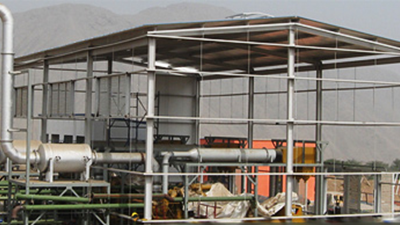A power plant outside Peru’s sprawling capital of Lima is transforming the city’s garbage into clean electricity.
The plant, owned by Petramas, a private locally-owned company, captures methane—a greenhouse gas—from millions of tons of rotting trash in the nearby Huaycoloro landfill site. The methane, which was previously simply burned off, is now producing four megawatts of electricity. The power produced is pumped into the national grid, providing clean electricity to the equivalent of 9,000 households.
By capturing the methane, the plant is delivering climate change benefits. And because the clean energy displaces the use of fossil fuels, the project is earning carbon credits under the Clean Development Mechanism of the United Nations Framework Convention on Climate Change (UNFCCC).
As trustee of the Netherlands Clean Development Mechanism Facility, the World Bank purchases the carbon credits from Petramas which, in turn, uses the revenue to sustain the project.
To date, nearly 235,000 carbon credits — or Certified Emissions Reductions — have been issued by the UNFCCC for the project, representing the equivalent tons of carbon dioxide emissions it has avoided. The total avoided CO2 is expected to reach a million tons by 2014, generating millions of dollars for maintenance of the plant.
“The project is unusual in that it was conceived through the visionary leadership of a private company which paved the way for a successful public-private partnership with the municipal government,” said John Morton, a senior urban environment specialist with the World Bank. “The same leadership also pushed Petramas to be the first in Peru to produce energy from a landfill.”


